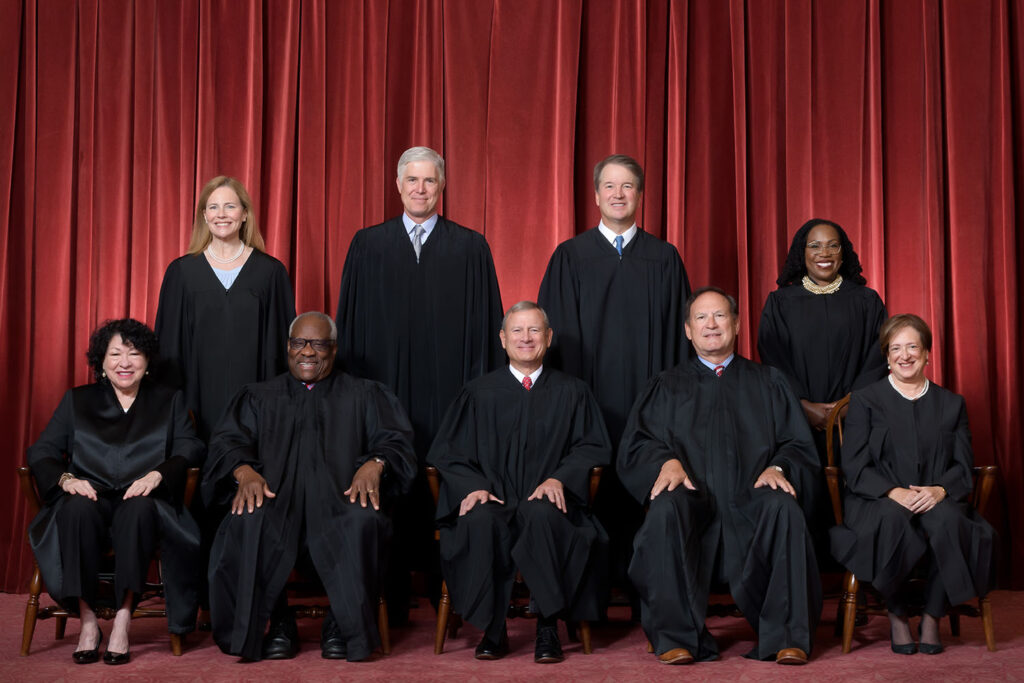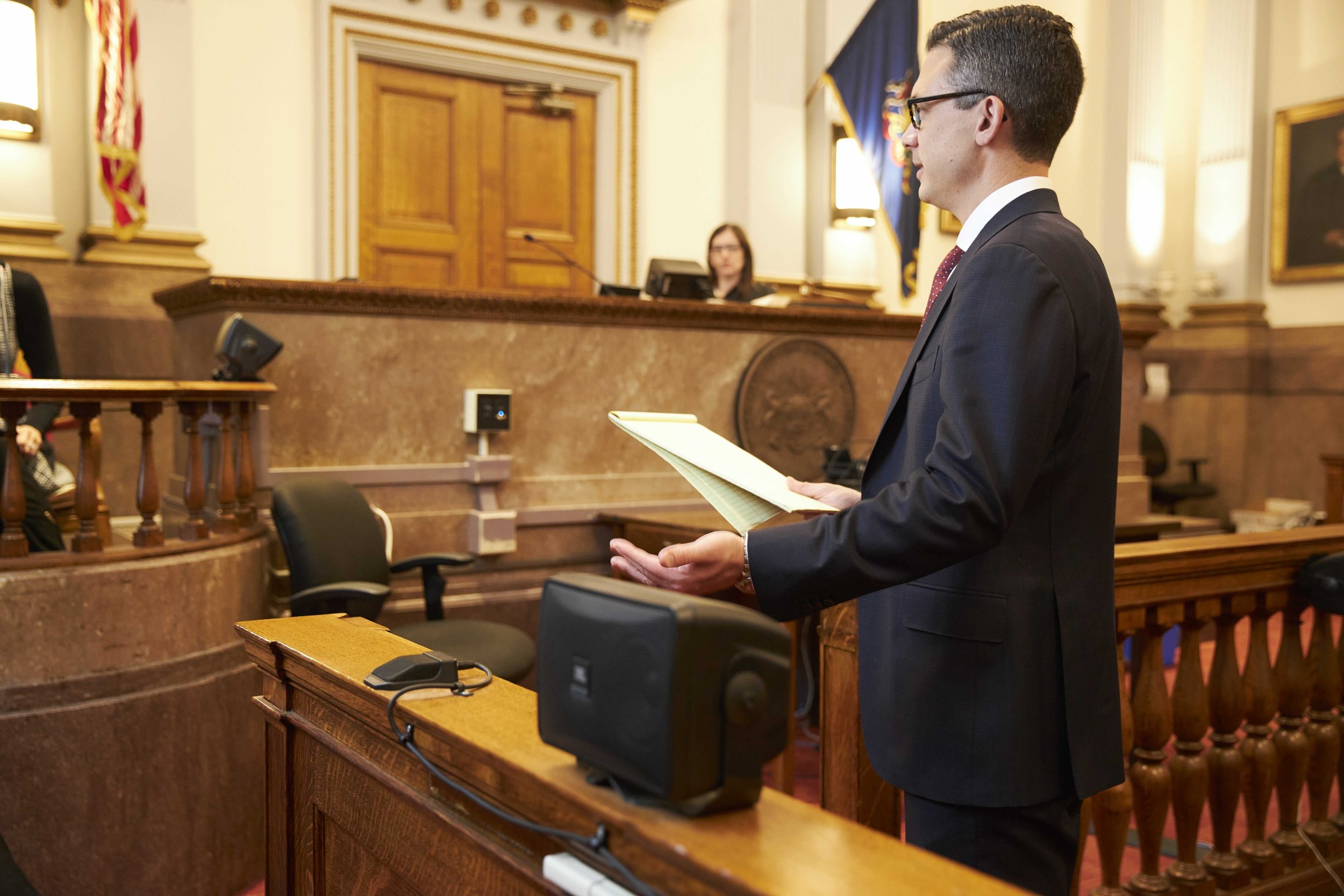Demystifying the Process of Federal Appeals: What You Need to Know
Browsing the elaborate world of government allures can commonly feel like traversing uncharted waters for those unfamiliar with the procedure. Understanding the nuances of appellate court territory, the complexities of filing a notification of allure, offering an engaging short, and making an influential oral debate are important elements that can substantially affect the outcome of an instance. By deciphering the layers of intricacy bordering federal allures, people can gain a more clear understanding right into the mechanisms that control this critical point of the legal system.
Understanding Federal Appeals Refine
Exploring the elaborate realm of the government charms procedure introduces a systematic and organized trip via the judicial system - federal tax fraud appeal lawyers. Federal allures function as a critical system for evaluating decisions made by lower courts. Understanding this procedure is important for any individual associated with legal proceedings at the federal degree
The procedure typically starts with an event dissatisfied with a lower court's ruling submitting a notice of allure. This activates an evaluation by a higher court, where a panel of judges assesses the lawful disagreements presented by both celebrations. Briefs outlining the legal reasoning behind each event's placement are submitted, and dental arguments may be heard to clarify intricate issues.
The appellate court's decision is based on a thorough exam of the lower court's process and the disagreements presented. The courts do not concentrate but reconsider truths on whether legal errors took place that influenced the reduced court's choice. Once the appellate court reaches a decision, it can attest, turn around, remand, or modify the reduced court's judgment, offering clarity and finality to the lawful disagreement. Comprehending this process is important for navigating the intricacies of federal appeals properly.
Appellate Court Territory Described

Appellate courts have jurisdiction over specific sorts of situations, generally those including lawful mistakes, procedural issues, or inquiries of law rather than accurate conflicts. The territory of appellate courts is normally laid out in laws and laws that govern the court system. Understanding appellate court jurisdiction is important for celebrations entailed in the allures procedure as it identifies whether a situation is eligible for testimonial and the degree to which the appellate court can intervene in the lower court's decision.
Filing a Notice of Appeal
The initial action in commencing the federal allures process involves filing a Notification of Appeal with the proper appellate court. medical fraud appeal lawyers. This vital file formally informs the court and the other events associated with the situation that the appealing party means to seek a testimonial of the lower court's choice. Submitting a Notification of Appeal is a rigorous procedural need that sets the appellate procedure in movement
When preparing the Notification of Charm, it is necessary to make sure compliance with the certain rules and standards of the pertinent appellate court. The record needs to commonly consist of details such as the case name, the reduced court's name, the day of read what he said the judgment being appealed, and a concise declaration showing the grounds for the appeal.
When filing a Notification of Appeal,Timeliness is of the essence. Missing out on the target date for sending this record can lead to the allure being dismissed, emphasizing the relevance of accurate and punctual initiation of the appeals process. It is a good idea to look for legal guidance to browse the intricacies of submitting a Notification of Charm properly.
Briefing and Oral Disagreement
In the appellate procedure, providing written briefs and taking part in dental debates play pivotal functions in promoting for the appealing event's position before the appellate court. Briefs are detailed lawful records that outline the parties' arguments, legal authorities, and analysis supporting their settings. These composed entries provide the court with a comprehensive understanding of the truths of the situation, the relevant legislation, and why the appealing celebration believes the lower court's decision ought to be reversed.
Complying with the submission and evaluation of the briefs, oral disagreements provide the parties an opportunity to additional clarify their positions, resolve any kind of inquiries the appellate courts might have, and emphasize crucial points from their composed briefs. Oral arguments are a chance for the lawyers to encourage the courts with verbal advocacy and reactions to questions from the bench.

Obtaining the Appellate Court Decision

Conclusion
Finally, the federal allures procedure is a complex yet vital action in looking for justice. Comprehending the appellate court jurisdiction, submitting a notice of allure, preparing briefs, and providing dental disagreements are all vital parts of this process. Inevitably, getting the appellate court choice can supply clarity and resolution to lawful disagreements. It is very important to browse the federal charms procedure with diligence and attention to information to attain a fair result.
As we advance from recognizing the federal allures procedure to studying the ins and outs of appellate court territory, a fundamental aspect comes to light pertaining to the authority and limitations of these greater courts in the legal landscape. Appellate court jurisdiction refers to the scope of situations that a certain appellate court has the power to decide and evaluate upon. Unlike test courts that listen to situations for the very first time, appellate courts are restricted to assessing choices made by lower courts. Understanding appellate court jurisdiction is important for celebrations entailed in the allures process as it identifies whether a situation is qualified for testimonial and the extent to which the appellate court can intervene in the lower court's decision.
Whether the appellate court verifies, turns around, or remands the reduced court's choice, understanding the implications of the ruling is important for all celebrations entailed in the appellate procedure.